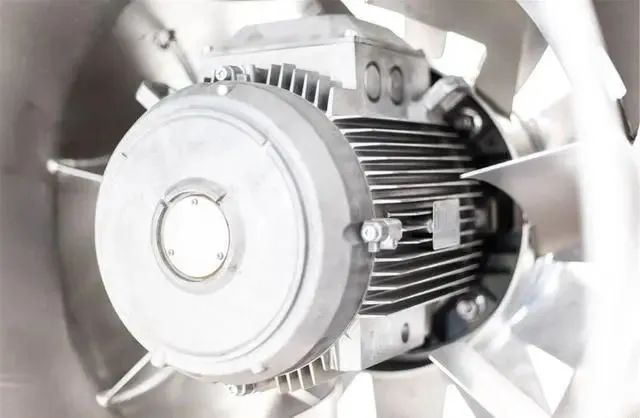Overview of Industrial Brushless DC (BLDC) Motors
Brushless DC (BLDC) motors, also known as commutatorless DC motors, electronically commutated motors, AC synchronous motors or DC servo motors. Brushed DC motors are increasingly being replaced due to their high efficiency, long life, smooth torque transfer and high speed operation. Their application has been limited in the past due to the additional cost of complex motor controllers required to operate these motors. Controller costs have been on a downward trend in recent years, so the application of brushless DC motors is increasing and is expected to grow. BLDC motors, although successfully used in the automotive, HVAC, electronics, computer, semiconductor and medical industries, have long been used in industrial applications such as actuators, feed drives for CNC machines, industrial robots, extruder drives, etc.

Despite the need for a sophisticated motor controller, the simple structure of BLDC motors offers some inherent advantages that BLDC motors cannot provide in terms of low energy consumption, high torque, and a very wide speed range. The BLDC motor adopts an inside-out configuration. The rotor consists of a series of permanent magnets and a fixed armature. The rotor is excited by an electronic commutation controller. Compared with the brushed DC motor, the BLDC motor has better heat dissipation and higher efficiency and higher power density.
Due to the absence of brushes and mechanical commutators, its compact size, reduced weight and high speed range, in order to provide the position feedback required for industrial servo applications, BLDC motors have an encoder (optical or Hall effect), Used to measure the position of the rotor. The feedback signal generated by the encoder is used by the motor controller to generate the input signal to excite and electronically commutate the armature current so that the magnetic field of the armature rotates in sync with the rotor. Advantages of BLDC motors include:
Longer life due to lack of electrical and frictional losses. Little maintenance is required due to the lack of brushes and mechanical commutators. EMI and noise are reduced due to the elimination of ionization spikes generated by the brushes.
Since they can be completely sealed, they are more suitable for use in hazardous environments (dirt, oil, grease, and other foreign matter), and operating characteristics include:
(1) High speed, short index motion;
(2) Heavy load, high torque control;
(3) Short duty cycle motion sum;
(4) High acceleration/deceleration capability.



























 XINDA
XINDA